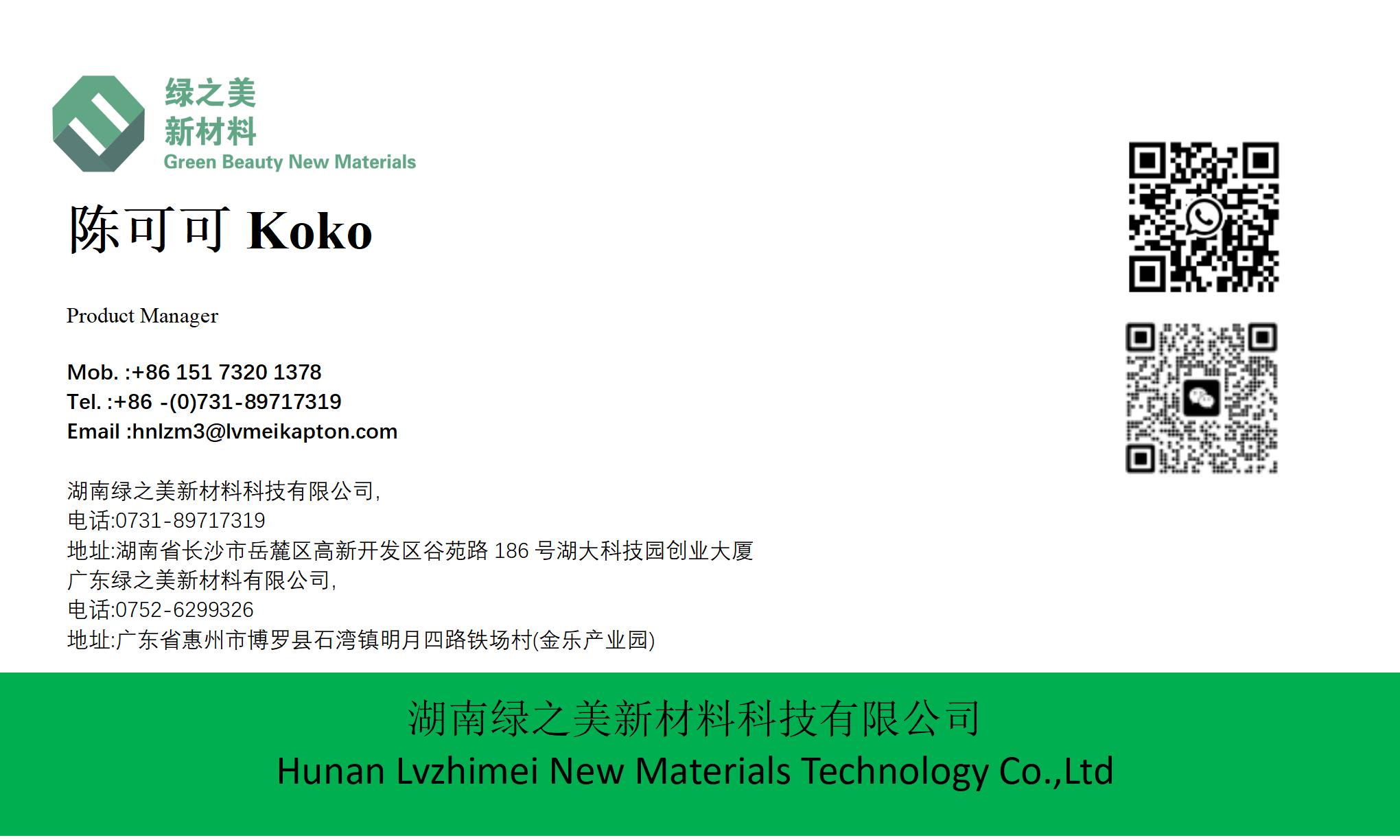



Where Does PI Tape Fit in the Photovoltaic Module Manufacturing Process? | https://www.lvmeikapton.com/
In the intricate process of manufacturing photovoltaic (PV) modules, the choice and application of materials play a critical role in ensuring the final product's efficiency, durability, and reliability. Among the various materials used, PI tape, specifically Kapton tape, holds a significant position within the manufacturing process. This article explores where PI tape fits into the photovoltaic module manufacturing process and its importance in achieving high-quality PV modules.
PI tape is primarily used in the backsheet encapsulation process of PV modules. The backsheet is a critical component that provides protection to the module's internal components, including the solar cells and electrical connections. PI tape is applied to the backside of the module during the encapsulation process, acting as a protective barrier against environmental factors such as moisture, UV radiation, and extreme temperatures.
During the manufacturing process, PI tape is typically applied after the solar cells have been laminated between the front glass and the encapsulant material. The tape is then adhered to the backside of the module, providing an additional layer of insulation and protection. This step is crucial in ensuring that the module's internal components remain protected and functional throughout the module's operational life.
PI tape's excellent thermal stability makes it an ideal choice for this application, as PV modules are often subjected to high temperatures during operation. The tape's ability to withstand these temperatures without degradation ensures that the backsheet remains stable and effective, maintaining the module's performance and durability.
In addition to its protective functions, PI tape also plays a role in the electrical insulation of the PV module. By providing a high dielectric barrier, PI tape helps to prevent short circuits and ensure the safe operation of the PV system. This is particularly important in applications where the modules may be exposed to high voltages.
PI tape's mechanical strength is another important factor in its application within the PV module manufacturing process. The tape provides robust support to the backsheet, preventing physical damage that could compromise the module's integrity. This is particularly important in installations where the modules may be subjected to wind, impact, or other forms of physical stress.
Furthermore, PI tape's excellent adhesion properties ensure a secure bond between the different layers of the backsheet, preventing delamination and enhancing the overall structural integrity of the module. This is crucial in ensuring the module's performance and longevity over its intended lifespan.
In conclusion, PI tape plays a vital role in the photovoltaic module manufacturing process, particularly in the backsheet encapsulation stage. Its thermal stability, environmental protection, mechanical strength, and electrical insulation properties make it an essential material in ensuring the durability, performance, and safety of PV modules. As the photovoltaic industry continues to grow, the importance of high-quality materials like PI tape in the manufacturing process will only increase. For more information on PI tape and its applications, visit https://www.lvmeikapton.com/.





